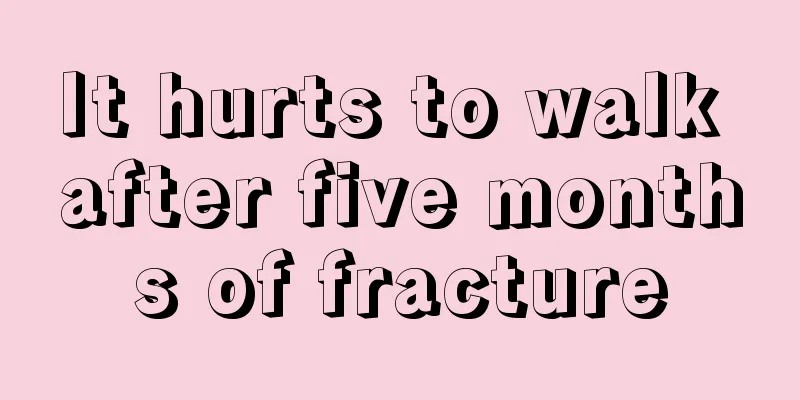What is the best treatment for upper ureteral stones?

|
Upper ureteral stones are also a type of ureteral stones and are relatively common urinary stones. Many people do not know what to do when they have upper ureteral stones. The treatment of upper ureteral stones must take into consideration many factors, including the size and location of the stones. 1. Non-surgical treatment: It is suitable for patients whose stones are smaller than 1 cm, whose stones tend to move downward, whose renal function is not significantly affected, and who have no urinary tract infection. The patient should drink plenty of water, take Chinese medicine, use antispasmodics, and engage in jumping activities. 2. Ureteral sheath stone: Use a stone basket to pull out the stone under cystoscopy. It is suitable for small, mobile stones in the middle and lower ureter. 3. Ureteroscopic stone removal or lithotripsy: After the ureter is dilated, a ureteroscope is inserted and stones are broken up with an electrohydraulic or ultrasonic lithotripter. Stones can also be directly removed with lithotripsy. 4. Extracorporeal Lithotripsy: Mainly suitable for upper ureteral stones. 5. Surgical ureterolithotomy: It is suitable for patients who have not responded to the above treatments, whose stones are larger than 1 cm and have a rough surface and cannot be discharged on their own, or patients with ureteral stenosis and infection. 6. Prevention: Diet and health care ① Daily water intake is 2000-3000 ml, which increases to 4000-5000 ml in hot summer. It needs to be increased after sweating profusely, and the daily urine output should be maintained at at least 2000 ml. ② You can drink magnetized water, which can easily dissolve stones. ③ Eat more foods containing vitamin A, such as pork liver, eggs, fresh cabbage and fruits. ④ Eat less calcium-rich foods such as kelp, black fungus, beans, amaranth, milk, celery, seaweed, conger eel, salted radish, pumpkin seeds, dried red dates, etc. ⑤ Eat less foods rich in oxalic acid, such as spinach, celery, cocoa, coffee, beets, strawberry, oranges, sweet potatoes, black tea, etc. ⑥ Eat less foods that can easily cause an increase in urate, cystine, and xanthine, such as animal offal, seafood, beans, peanuts, etc. |
<<: The best treatment for flat warts, combining Chinese and Western medicine has good results
>>: What is diphtheria, an acute respiratory infectious disease
Recommend
My gums swelled after filling a tooth
Nowadays, many people suffer from some diseases r...
What are the precautions for preventing liver cancer? Pay special attention to three aspects in preventing liver cancer
Experts will talk to you about liver cancer preve...
What are the causes of abdominal bloating
There are various reasons for abdominal bloating....
How much does targeted treatment for kidney cancer cost?
Kidney cancer not only has a great impact on the ...
What to do if the milk in the breast is weaning
Many women choose to breastfeed their babies beca...
How to use sunscreen to achieve good sun protection effect
As we all know, the ultraviolet rays in the sun c...
Can disinfectant alcohol be used to wipe wounds?
Skin injuries are inevitable in life. After a ski...
How to open a hairy coconut
The hairy coconut is also a common type of coconu...
What is a sonic toothbrush and are there any dangers?
As people's living standards improve, many pr...
Is it good for your health to quit smoking all of a sudden?
Cigarettes are something that contain toxic ingre...
Why does the lump above the incision hurt after thyroid cancer surgery?
Thyroid cancer patients may experience a painful ...
Tips for getting fish bones stuck in the throat 9 tips for softening fish bones
When eating fish, small fish bones often get stuc...
What is the treatment for bile duct cancer
What are the treatments for bile duct cancer? Alt...
How long does it take to get the highest cure rate for osteosarcoma?
When osteosarcoma patients go to the hospital for...
Drinking protein powder will make you fart
Protein powder can effectively increase the muscl...









